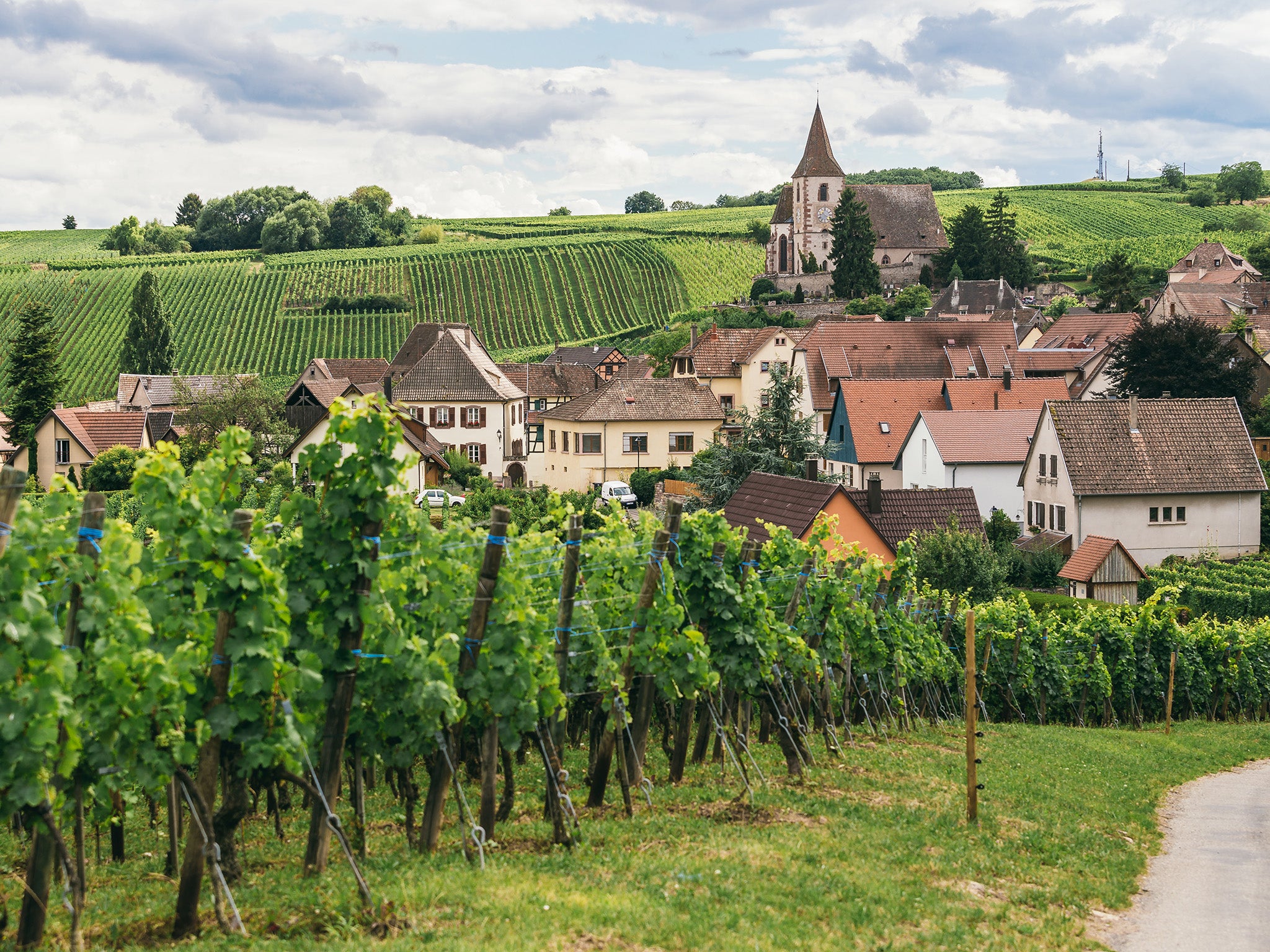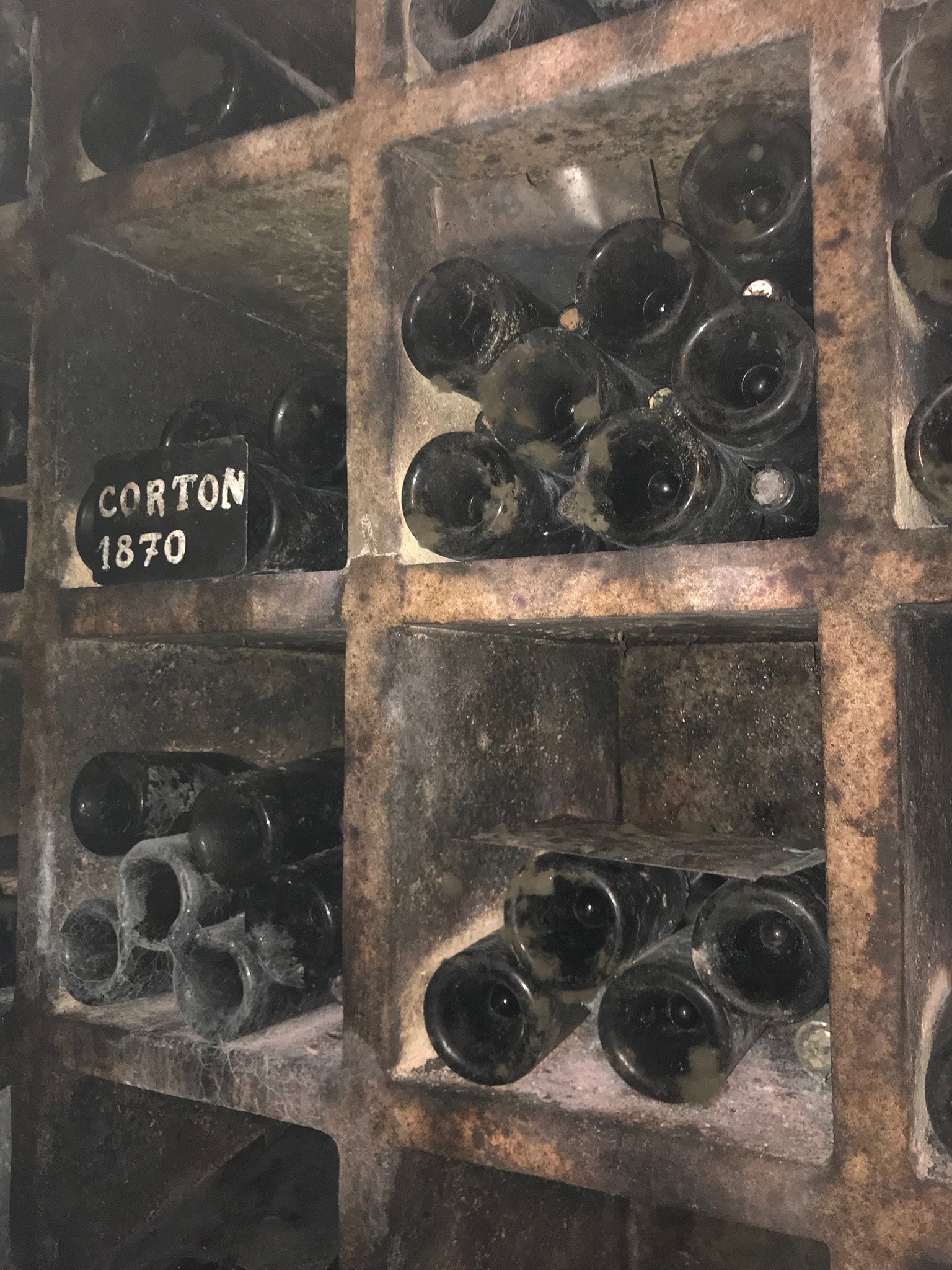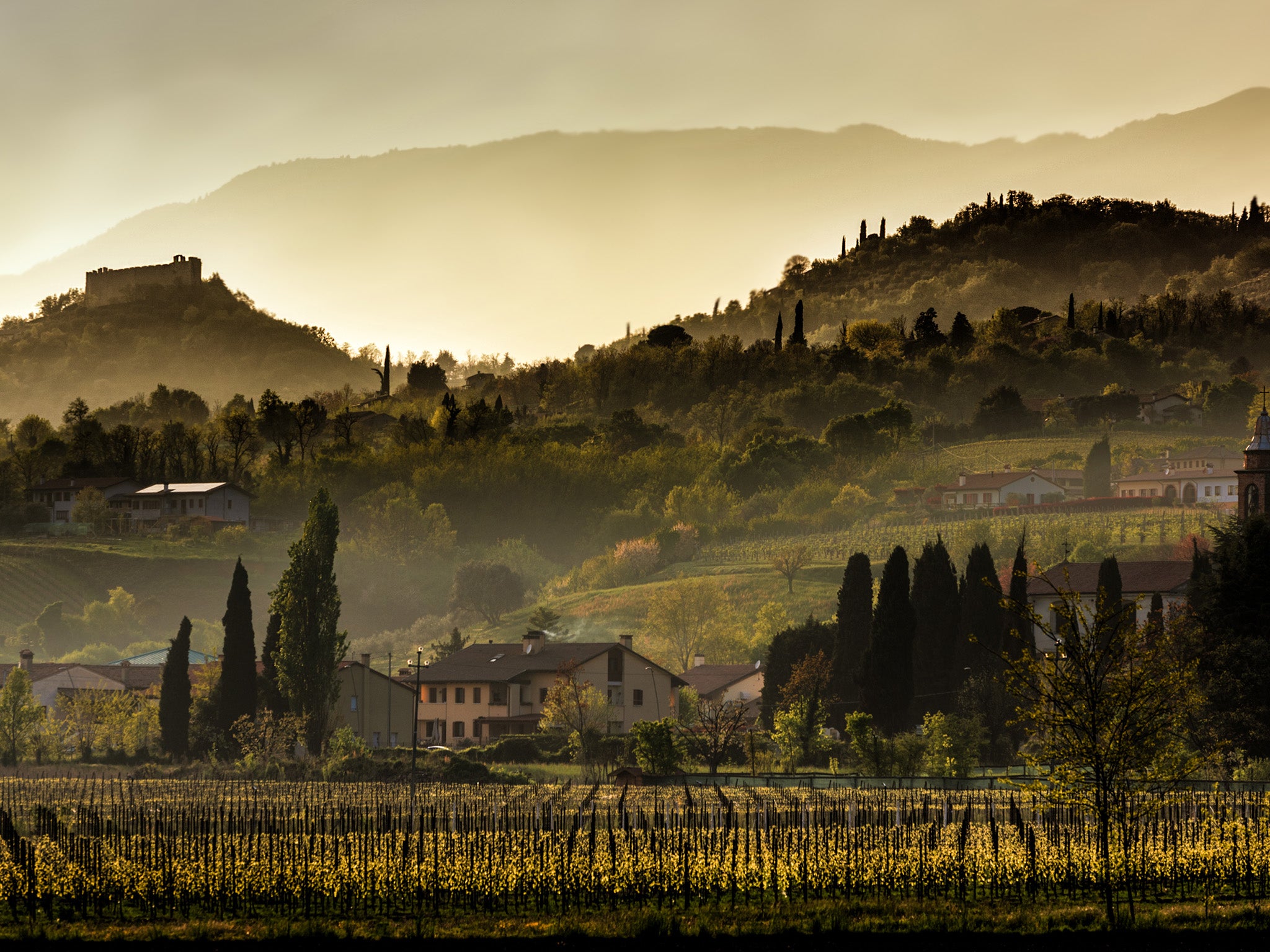10 great European wines
In the first of our series of features celebrating everything the European Union has given us, Terry Kirby raises a glass to the wonderful wines and regions that have measured out our lives

Ever since the Romans bought wine to our shores – and planted the first vines in England – we have been in love with European wine. Wine references abound in Chaucer, Shakespeare and Dickens, whose own cellar was extensive. European wine has fuelled our social and private lives – we reach for its sparkling wines to celebrate the special moments, open the pricey red when we gather at Christmas – and our public ones: the cellars of Oxbridge colleges, City livery companies and government offices are stuffed with the produce of France, Italy, Spain and Portugal.
Even now, we still discover new wines from the dense viticulture traditions of our nearest neighbours: the extraordinary volcanic island wines of Portugal’s Azores and Greece’s Santorini, the intense whites of Croatia and Slovenia, the varied, regional red wines of Spain and southern Italy.
And so below, without even the space to mention madeira and marsala, Rhone reds and Provencal roses and the big barolos and amarones, here are just 10 wonderful wines and wine regions of Europe with which we have marked our history and measured out our lives...

We drink more champagne than any other country apart from the French. Produced only in a certain area of northern France, whether it’s a richer toasty vintage or the lighter non-vintage from the familiar big names (think Tattinger, Laurent Perrier, Krug etc) or a more rustic but trendy “grower” champagne, from the people that supply the grapes to the great houses, it is the special occasion wine par excellence. OK, English sparkling is now justly celebrated, but it was only because we started planting the classic combination of chardonnay, pinot noir and pinot meunier and used the Champagne method of production and realised southern England shared a similar latitude and chalky soils, known as Kimmeridgian, laid down by ancient seas, to parts of Champagne – the latter a link to Europe even the ERG cannot break.
Arguably the most renowned red wines in the world. They have featured on our tables since the 12th-century marriage of Henry II and Eleanor of Aquitaine first introduced caliret, later, claret, to the English gentry; the home of the great names of Chateau Lafite, Latour, Mouton Rothschild etc and its arcane classification system of Premier Crus and First Growths. While the tradition of laying down great vintages – 2009 was a gem, by the way – has declined, their best wines, blends of mainly cabernet sauvignon and merlot, have enormous power, elegance and complexity, while the lesser Cru Bourgeois and fringe areas like the Cotes De Bourg can offer great value for money. And, almost as an afterthought, they also produce one of the world’s greatest dessert wines, Sauternes, of which Chateau d’Yquem is legendary.

Burgundy
Little Burgundy looks across France at big, blokey, glamorous Bordeaux as if to say: we are more refined, more sophisticated and sniffs haughtily that the pinot noir grape is more difficult to grow than their user friendly, easy to manage grapes. But, aaah, the results are seductive and beguiling: perfumed, complex subtle wines, an iron fist in the velvet glove, all restrained heft, palate freshness with an underlying earthy note. And, like Bordeaux, wines that can age brilliantly for decades and still retain freshness and power. And the rivalry continues on our tables, with claret the go-to bottle for rare roast beef and steak, with burgundy more friendly to duck, chicken and lamb.

The great whites of Chablis, Sancerre and Pouilly Fume
Technically, Chablis is part of Burgundy – although very much its own distinct area well to the north of the red wine producers – and Sancerre and Pouilly Fume sit on the Loire much further west. And while Chablis specialises in the chardonnay grape the others are sauvignon blanc specialists. But what these great white wines also share is the same Kimmeridgian soils – as in parts of Champagne to the north – left from ancient seas, which deliver a pristine purity of flavour and a flinty minerality resulting in precise, elegant, graceful wines. And we have long adored them with seafood and particularly oysters, which, with delightful symmetry, the shells of their ancestors being a fossilised component of those same soils.
Rioja
Rioja – a vast area of wine production in northern Spain originally planted by the Phoenicians and then the Romans – first gained popularity in England in the mid-19th century when phylloxera devastated French vineyards and Rioja remained unaffected. Rioja also adapted the Bordeaux technique of oak ageing to develop the flavours and complexity of reds wines, which still dominate production today. Made almost exclusively from the tempranillo grape, rioja alongside chianti became the everyday wine of choice many British drinkers, an ideal wine for the middle classes to enjoy with their paella or pasta as our taste for Mediterranean foods expanded. And the system of crianza, reserva and gran reserva easily denoting quality and the wines accessible and user friendly, the great ones capable of extraordinary longevity.
Sherry
Elizabethan London was awash with sherry looted from Cadiz by Sir Frances Drake, prompting references to “good sherris” or “sack” in Shakespeare’s plays. A favourite ever since, although not many still sip a sweet sherry before Sunday lunch, a new EU-centric generation are discovering the joys of authentic, drier, food-friendly sherries like fino and manzanilla in sherry bars, particularly with tapas. Produced only in a small area of southern Spain, sherry is unique in many ways: a yeast, called “flor” gives the distinctive, oxidised flavour. Like port, it is fortified with clear spirit and aged in oak barrels in the intricate solera system. And made mostly from just two grapes: palomino for the dry and semi-dry wines, pedro ximenez, responsible for the very sweet, sticky wines. And the Scottish whisky industry owes Sherry massive debt – some malts are aged in former sherry giving whisky some of its most distinctive aromas and flavours.
Port
The familiar names of the great English port houses are emblazoned on billboards on the steep hillsides either side of the Douro River in northern Portugal: Taylor’s, Graham’s, Dow’s, Churchill’s. British sailors are reputed to have invented the idea of fortifying oak casks of Portuguese red wine with brandy or grape spirit to prevent it going off on the long sea voyage to London – when our links with Bordeaux were broken by wars in the 17th century – and British commercial traders created the port industry and still dominate it today. Once, no smart dinner would be without it and although the fashion for port has declined, an aged tawny or single vineyard vintage port is still the most wonderful digestif, a treat with puddings of all kinds and the ideal match for our greatest cheese – the mighty stilton.

Chianti
In the 19th-century Brits visiting the Renaissance splendours of Florence and Sienna, encountered the glorious red wine of Tuscany’s Chianti region between the two cities, which together with the rolling hills and elegant cypress trees of this magical landscape created an intoxicating mix, that continues today with the British middle classes colonising what became known as Chianti-shire. Chianti itself suffered a slump in reputation as the vinegary staple of every red-checked table clothed Italian trattoria. But Chianti Classico, distinguished by the Black Cockerel symbol on the label is a reliable mark of quality while the newer, fashionable and pricey “super Tuscans” made in the same area but freed from Chianti restrictions – allowing Bordeaux blend grapes rather than mostly traditional sangiovese – are genuine world beaters.
Compared to our historic affection these other wines, the passion for prosecco, the sparkling wine made mainly from the glera grape in the Veneto and Friuli Venezia Giulia regions of northern Italy might seem a recent phenomenon. Not so: it was first named as prosecho by a 16th-century British traveller. But it has been a slow burner and even 10 years ago, there were no prosecco brunches on menus or prosecco on tap in bars. Now, attracted by the cheapish price, it’s captivated the nation as the go-to sparkler for all occasions, special or not and the UK is the largest export market, consuming one quarter of all production. Three points: avoid the sub-£10 bottles, look for those marked Superiore DOCG and remember it is brilliant with fish and chips. And its just one of a host of affordable European sparklers.
Tokaji
The legendary sweet wine of Hungary always rivalled Sauternes in our affections, an exotic addition to the wine cellar, a talking point at dinner parties and referenced in the writings of Virginia Woolf, Bram Stoker, Dorothy L Sayers and Sir Arthur Conan Doyle, all written around the height of its popularity at the end of the 19th century and early part of the 20th. Grown at altitude on volcanic soils – both of which deliver freshness and vivacity to grapevines – in the Carpathian Mountains, the furmint grapes are left on the vines long enough to develop “noble rot” and are harvested sometimes as late as December, their sweet intensity marked on the puttonyos scale from three to six. As the fashion for tokaji has declined, excellent dry white furmint wines have emerged, another little known European gem.
Join our commenting forum
Join thought-provoking conversations, follow other Independent readers and see their replies
Comments